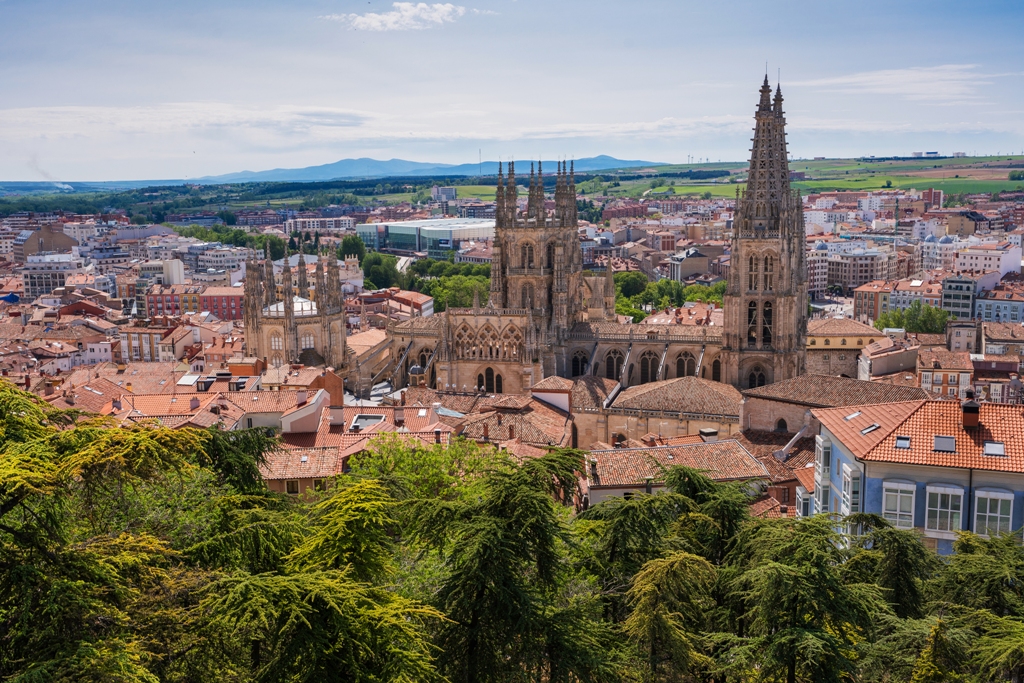Burgos is the capital of the Castilian-Leonese province that bears its name. With a population of close to 175,000 inhabitants and an area of 108 km2
Burgos is a historic city, a crossroads, and with a valuable cultural heritage. It is a fundamental milestone on the Camino de Santiago. It is characterized by tradition and modernity.
It has three properties declared by UNESCO as “World Heritage Sites”: its Gothic Cathedral, the Camino de Santiago and the Atapuerca Sites.
Burgos stands out in cultural, gastronomic and business/conference tourism (MICE).
| Admission to the Smart Tourism Destinations Programme |
Burgos joined the Smart Tourist Destinations Programme in 2020 with a Diagnostic Report and Action Plan for its transformation into a Tourist Destination completed in 2021, which is reviewed and transitioned to the new methodology in July 2024. |
| Outstanding initiatives
|
- It is noteworthy that the Promueve Burgos Society is responsible for tourism promotion, and the municipal Tourism Area is responsible for managing the destination internally.
- Since 2019, Burgos has been working on tourism quality certifications with SICTED with the local tourism sector.
- Burgos is a signatory of the Covenant of Mayors for Climate and Energy.
- It has a Sustainable Urban Mobility Plan.
- Burgos makes notable efforts in urban accessibility, implementing policies to promote inclusive tourism.
|
Technical data
VAT number:
P0906100C Address: Pl. Mayor, 1 Postal code: 9003 Telephone: 947 28 88 00 Region: Castilla y León Province:
Burgos Population:
Burgos Country:
España Local entity type: Ayuntamiento Date of membership:
20200520 Diagnosis: Sí Diagnosis date:
24/03/2021 Destination Type:
Urbano de interior Population:
175,000 Area (km²):
108.00 Density (inhab/km²):
1,615.00
Level in the Network: Nivel 3

